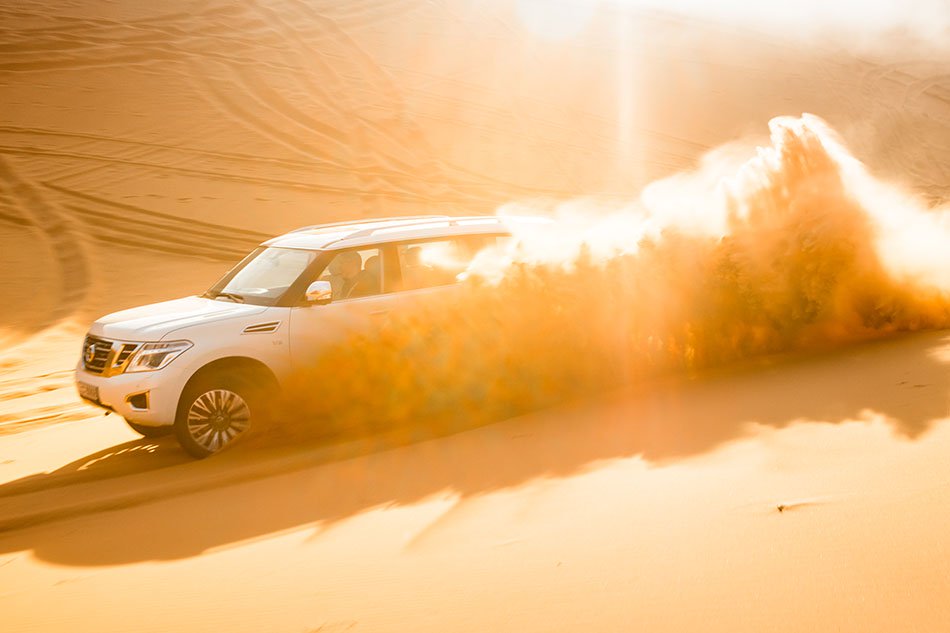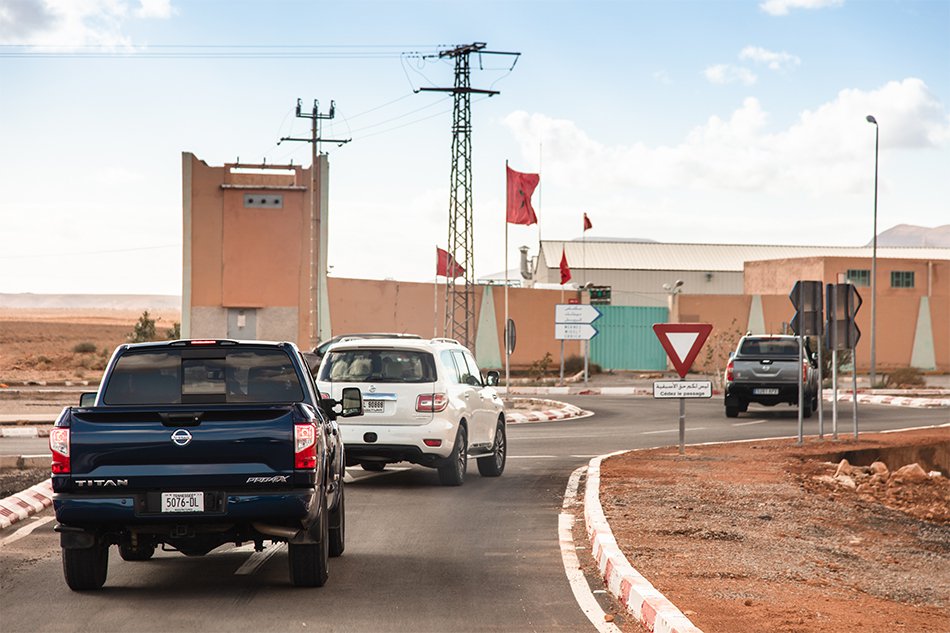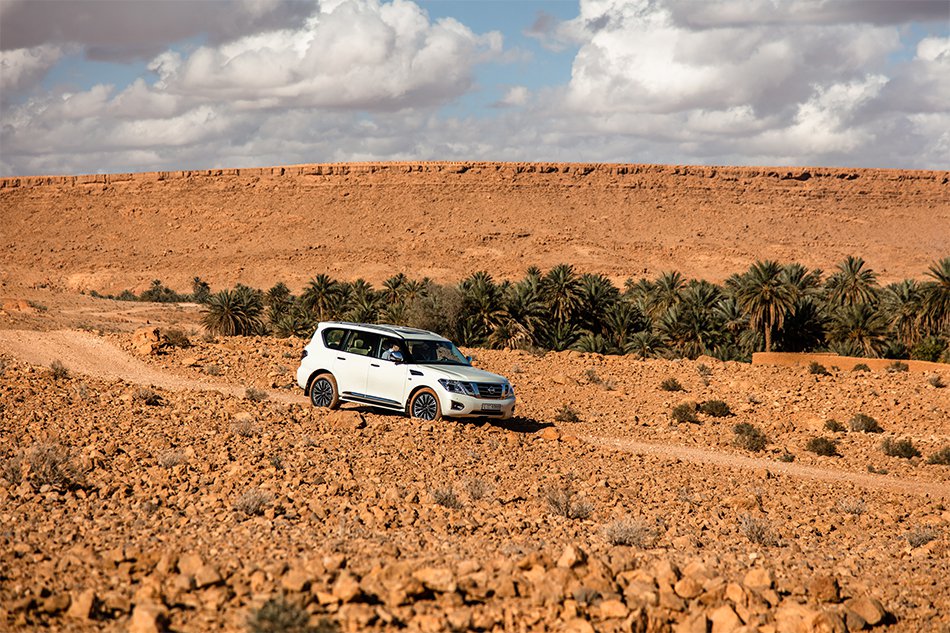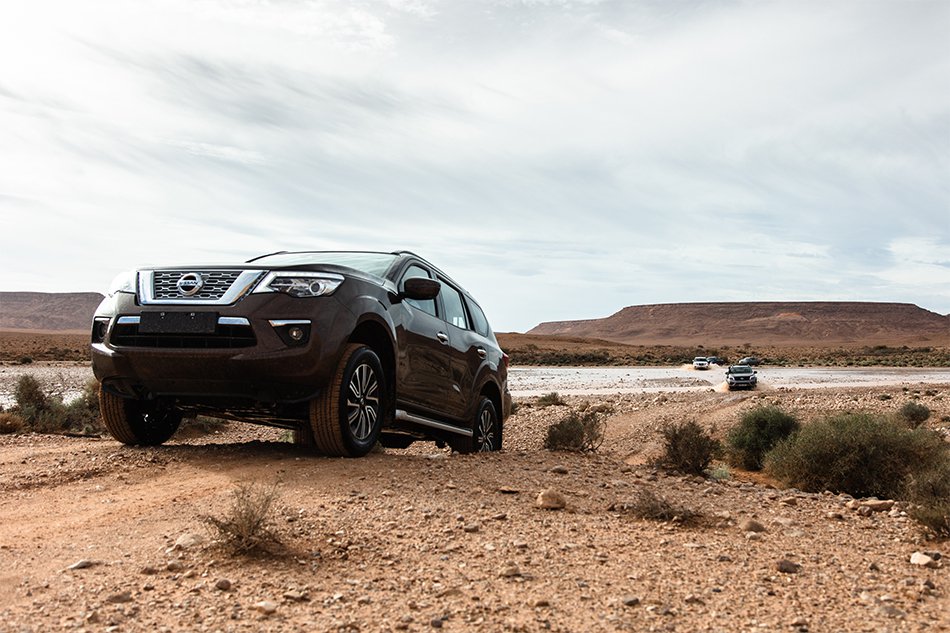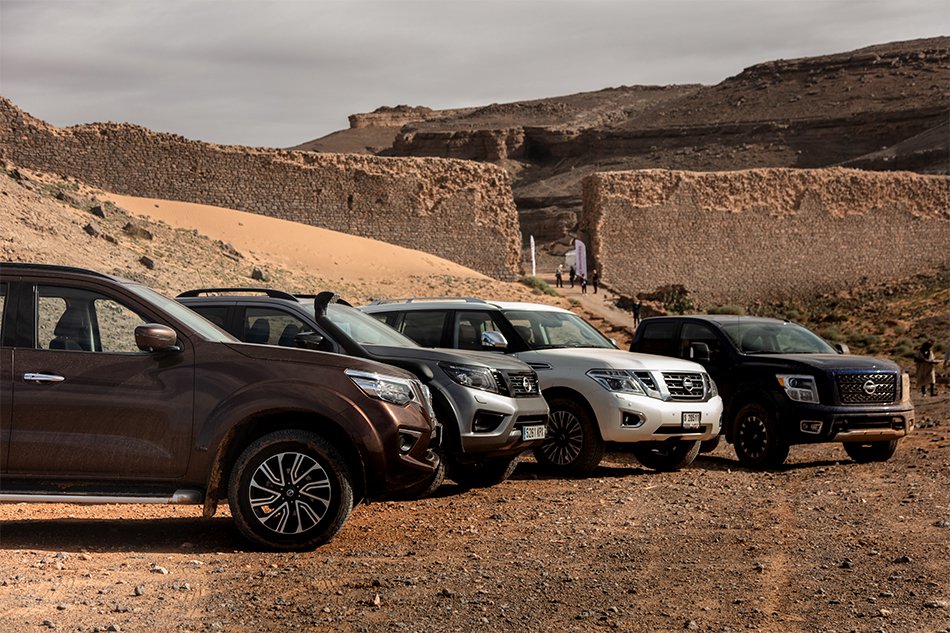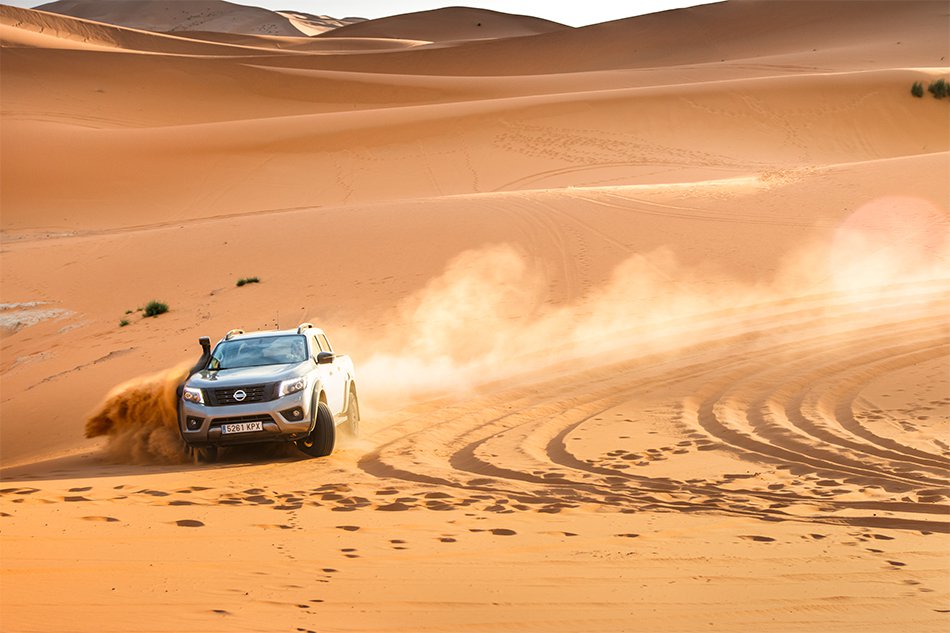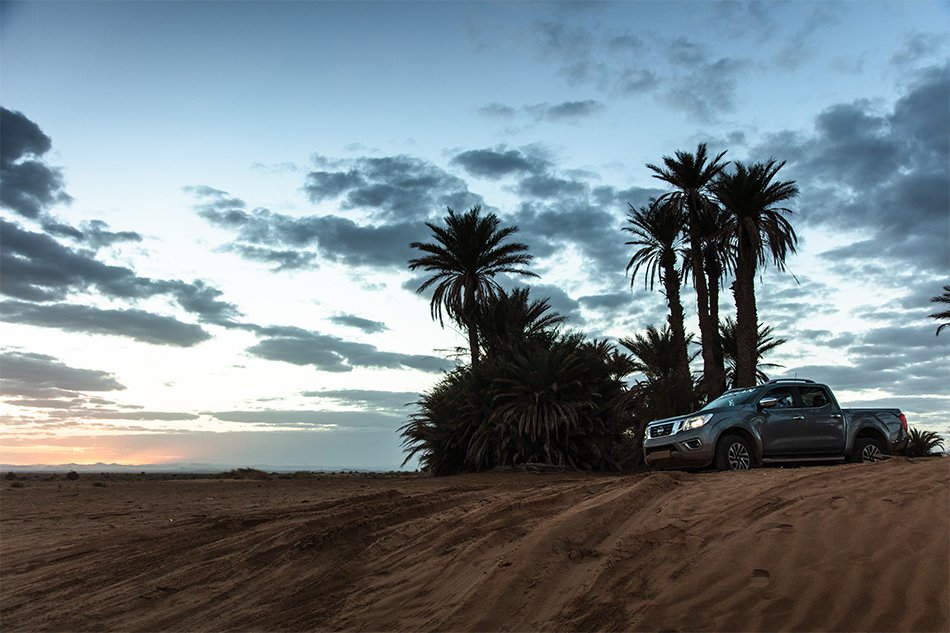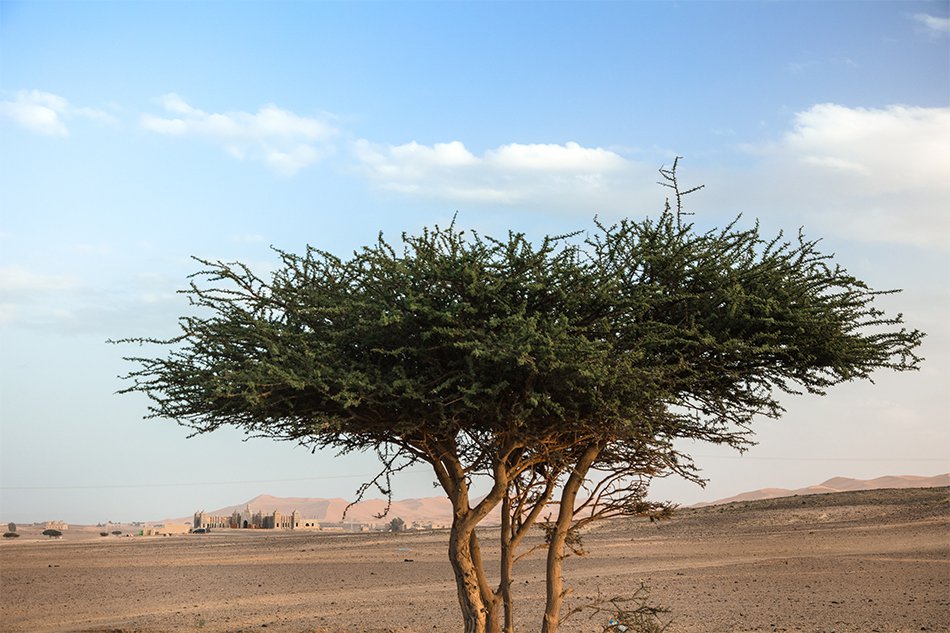Abs-cbn
Nissan invited us for a drive to the Moroccan desert to test the limits and possibilities of its latest 4×4 machines.
More often than not, when I land on foreign soil, I find myself mesmerized by the urbanized landscape: the tall buildings and the thousands of people driving cars and going about their daily lives.
This time it’s different. There is no urban landscape to speak of. No tall condominiums or office towers; just sand, dirt, and mountains everywhere you look. And cars on the roads? Too few and far in between.
Driving in Errachidia does feel like you’ve travelled back in time.
And that is how we were introduced to Errachidia, Morocco; a place that -without Google- we’d have a hard time finding on a map. But we’re not here to take in the sights; we came to this gateway of the Sahara desert to go on an adventure. Not on foot or on camels, but aboard Nissan’s latest 4×4 machines.
After an entry interview from a hirsute and rotund immigration officer that seemed more like an interrogation, I headed out to the parking lot of Errachidia’s remote airport. Interestingly enough, there were four different trucks and SUVs there; a highly unusual occurrence since during these kinds of drives, a carmaker typically showcases just one newly-launched model, not four different ones.
Patrol doing some exploring in the rocks.
The reason is simple: Nissan wanted to show us how their global light commercial vehicle (LCV) lineup can go anywhere, or just about.
The two big boys of the pack are undoubtedly the Titan and the Patrol, both of which are powered by massive V8 motors that drink fuel like a teenage dude at a kegger. The Titan had to cross the Atlantic to be here in North Africa, hailing from Nissan’s factory in Mississippi. It looks like a double cab pick-up, but don’t let the photos fool you: this thing is massive, having been built for American roads and trails.
The Patrol, on the other hand, had to travel even further: it’s made in Japan, though this particular example is for the Gulf Cooperation Council (GCC) market, more specifically Dubai. Surprisingly (or not) it’s the number one selling vehicle in Dubai.
The Nissan Terra was actually flown here from the Philippines.
The two smaller vehicles (by comparison) are the Navara pick-up and the Terra SUV. The interesting bit about the Navara we’ll be driving is that it comes from Spain, and that it’s the version that has the Arctic Trucks package. The most obvious upgrades include the snorkel (for wading through deep water), off-road tires and wheels, as well as the taller ride height. What we can’t see, however, is the presence of a front locking differential; a part that is undoubtedly on the wishlist of all off-road enthusiasts.
The Terra is likewise interesting; it’s technically the newest Nissan here, and, more importantly, these particular examples were flown all the way from the Philippines. That’s why they’re wearing Metro Manila conduction “plates”.
Visiting the filming location for 1999’s “The Mummy”
The initial drive went on without a hitch, and we’ll be switching from one 4×4 to another all throughout, just to sample the differences of each Nissan as we went along. Morocco’s road network appears to be relatively new, and super smooth; perfect for trucks like the Titan and Patrol. What really strikes you is how vast the view is from the driver’s seat; there’s nothing but flats on either side of the road, a surface perfect for the LCVs we were bringing along.
Further down the road from Errachidia, we made a left onto the dirt. Honestly, I wouldn’t have known there was a path there, but that’s the beauty of this place: if you’re in a capable 4×4, you can literally drive anywhere. You just have to be careful when you approach even the remotest of towns as local kids have a tendency to run flat out toward any vehicle that pass by. Don’t hit them, we were told—but they also said to not slow down. It’s like driving on a tightrope.
The Navara AT32 proved to be a lot of fun on the dunes.
We made our way further into the desert, and clearly the Navara AT32 became the favorite of the group. It’s not as powerful as the Patrol and the Titan, but it is definitely capable; the lightness of the truck makes it easy to maneuver, and the response of the engine is quite good for a diesel. It’s perfect for this kind of terrain, despite the fact that it’s customized by a group that specializes in trucks for extreme cold.
Customary stop at a desert oasis.
Deep into the desert, we make a few stops at some points of interest like a desert oasis as well as two irregularities jutting out from the sand. One seemed like a Moroccan Stonehenge, while the other looks like an unfinished obelisk. These two modern structures were made by the same guy; a German artist named Voth. The first was inspired by the constellation Orion, with the height of the towers corresponding to the brightness of a star in the constellation. The other was literally a stairway to heaven. Cue Led Zeppelin music now.
After a night’s rest, we headed back out into the dirt, this time for a much longer drive. Perhaps the most surprising thing about our time in Morocco so far is that it’s so very cold out; single digits at night, in fact. But don’t let the cold fool you: the desert sun is still as strong as ever. Without a cloud in sight, I was starting to feel the beginnings of a sunburn.
These Acacia trees provide shade, but be careful of the big, sharp thorns.
It’s actually refreshing to be outside after some time in a 4×4 in the desert, though you do have to be wary of Acacia trees that have thorns thick enough to puncture tires as well as rocks that tend to serve as hiding places for scorpions. The stops were also a good opportunity to check out the Armada Mountain Patrol of Nissan; a customized 4×4 made for overland adventures such as this. Case in point: while we couldn’t drive that fast on the dirt (just to take care of the Nissans), the Armada Mountain Patrol was going full speed ahead. Even at 100 km/h, they were overtaking us like we were sitting still. What I wouldn’t give to drive that thing.
Pretty soon we were at our destination, the place we wanted to truly go to. Now we can have some fun in the sand: the sand dunes at Merzouga. If you’ve ever visited the sand dunes in Paoay, this makes that look like a kiddie sand box.
Click on the image below for slideshow
The Armada Mountain Patrol is pure confidence when overlanding.
You can drive up to this homage to the constellation Orion.
Four Nissan 4x4s from different parts of the world.
Hopefully we won’t need to use the snorkels on the Navara.
Errachidia is far from Marrakech.
They do like a bit of color in Morocco.
To avoid taxes, Moroccans often don’t finish their buildings.
Morocco’s flags at Errachidia.
Driving on sand as soft as this is difficult at best. You have to pay attention to your technique, spacing between vehicles, and keeping momentum. It matters not how good your vehicle is, including the sophisticated 4×4 system of the Patrol; mess up in any of those things and you’ll get stuck. There is a huge difference between peaks and dips of the dunes, and there are descents with angles reminiscent of a roller coaster ride. Except, in this case, you’re in control.
The experience of driving with Nissan in Morocco is truly an eye opener, especially from a global perspective. Nissan has true 4×4 credentials that rival brands like Jeep and Land Rover; that’s unsurprising, especially given how many of these vehicles are descendants of the Patrol. But what’s important is that no matter where you are in the world, be it in Asia, in the United States, in Europe, or in the Middle East, the excellence of Nissan off-road shines through in their LCVs, and allows you to explore, to get priceless views—like watching a caravan of camels breeze by in the Moroccan sun.
Photographs from Nissan





